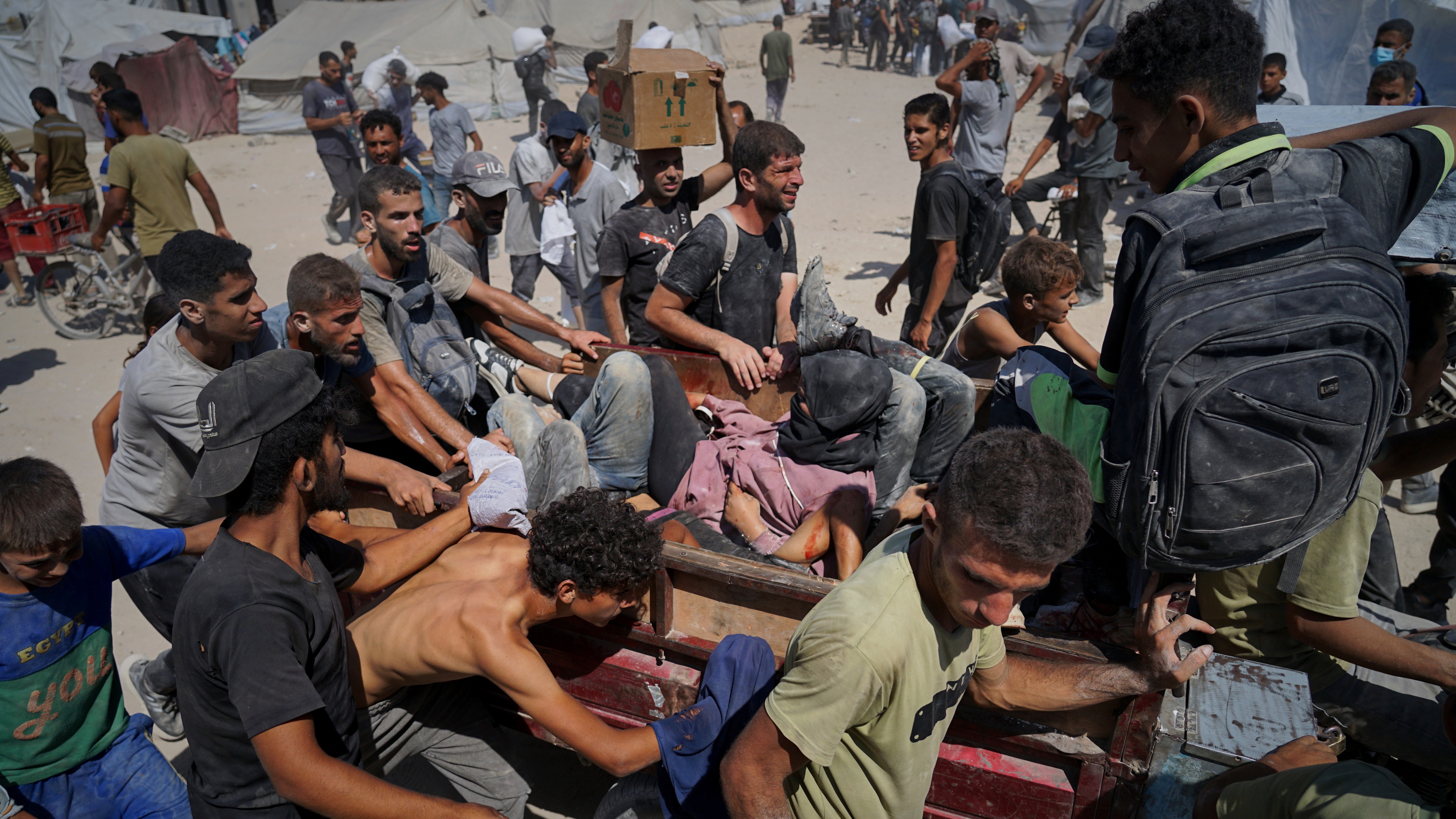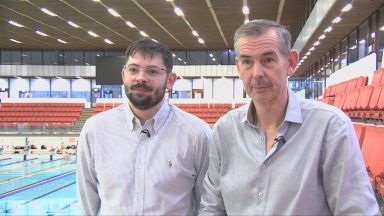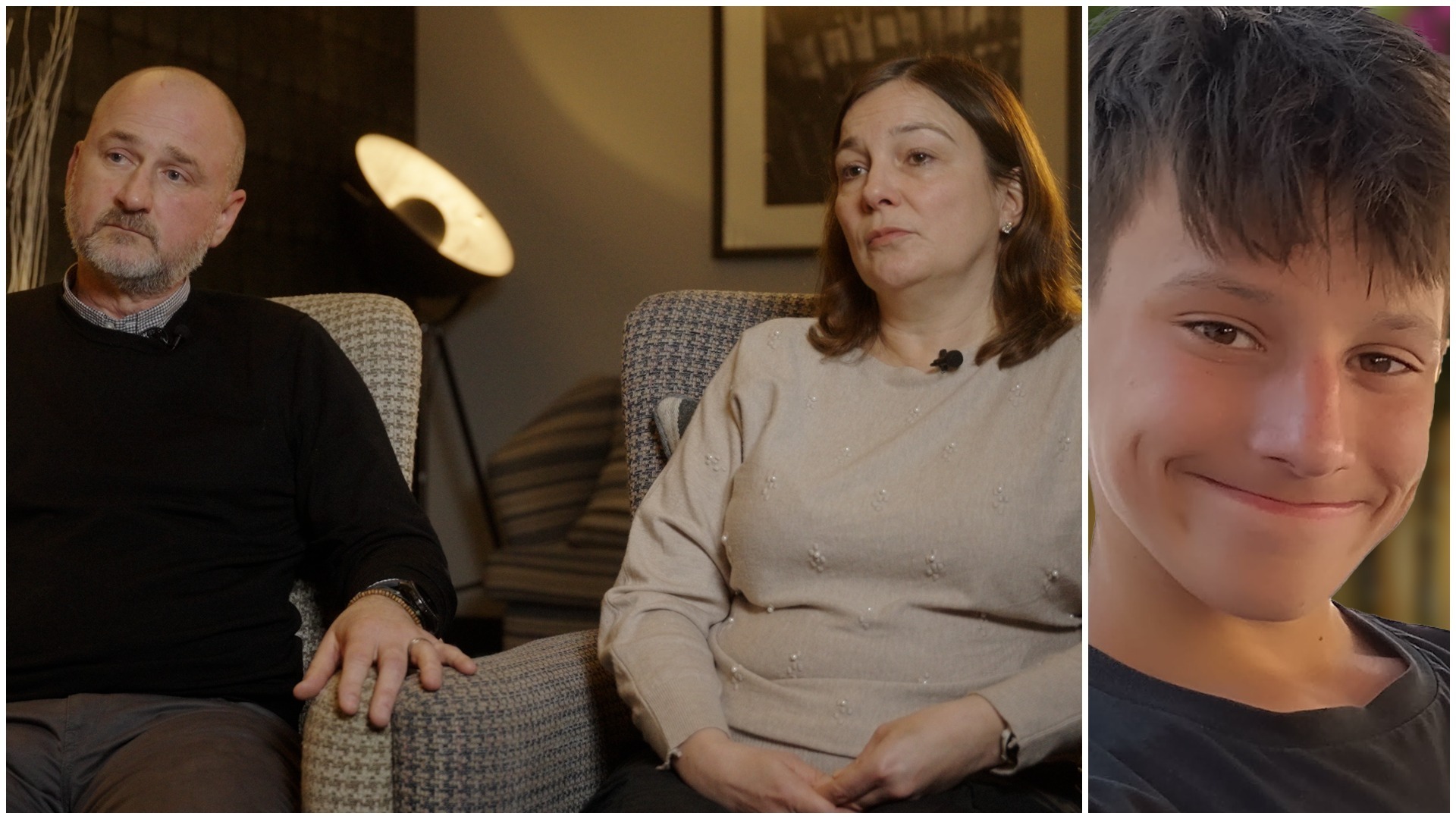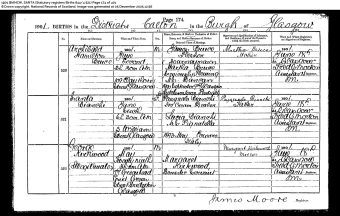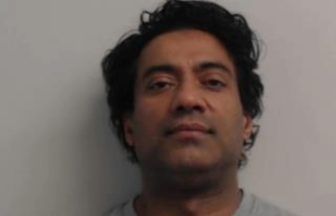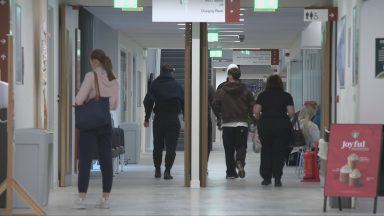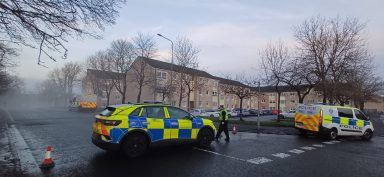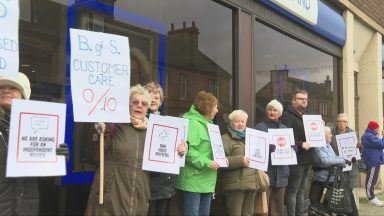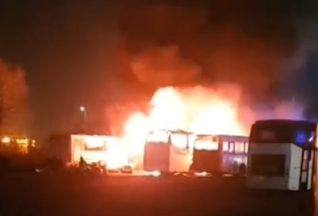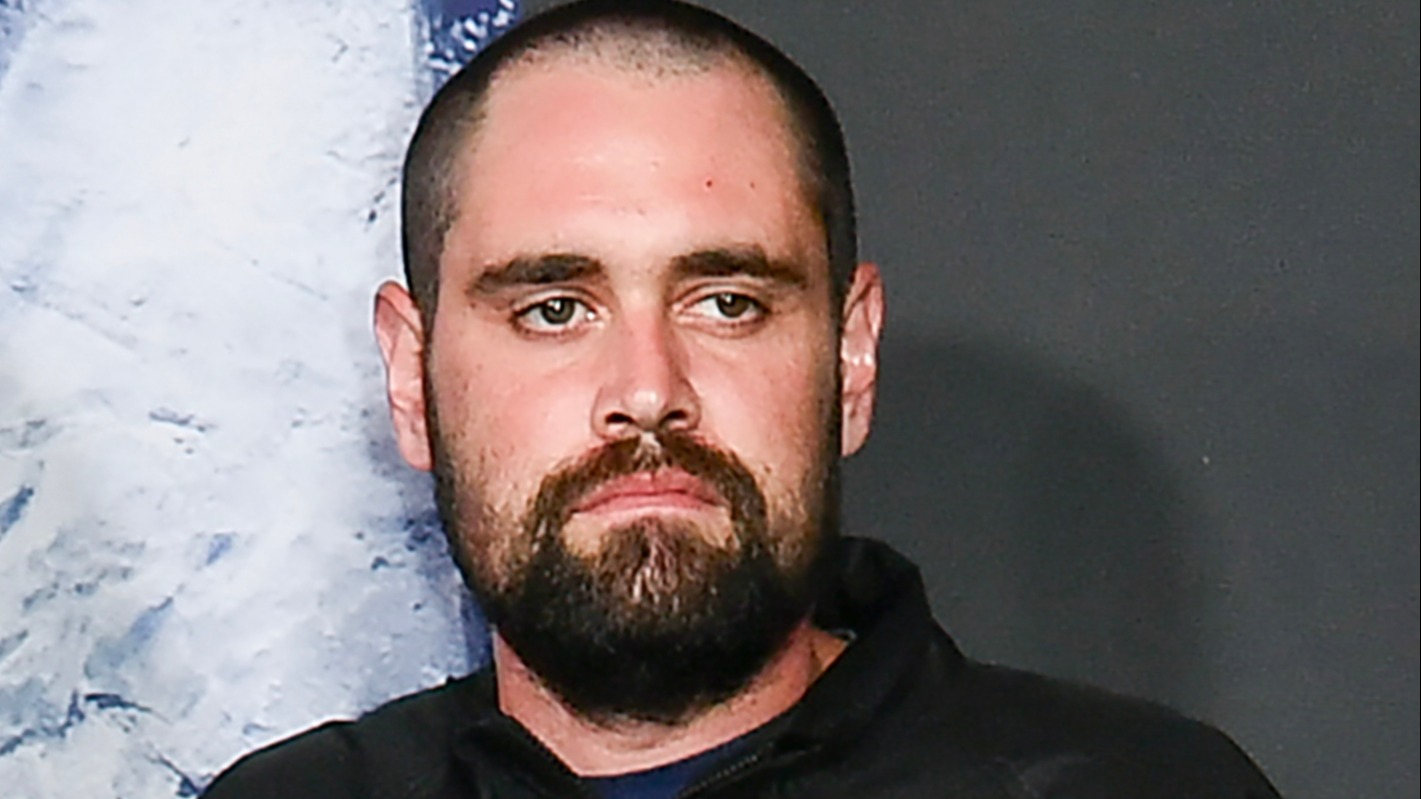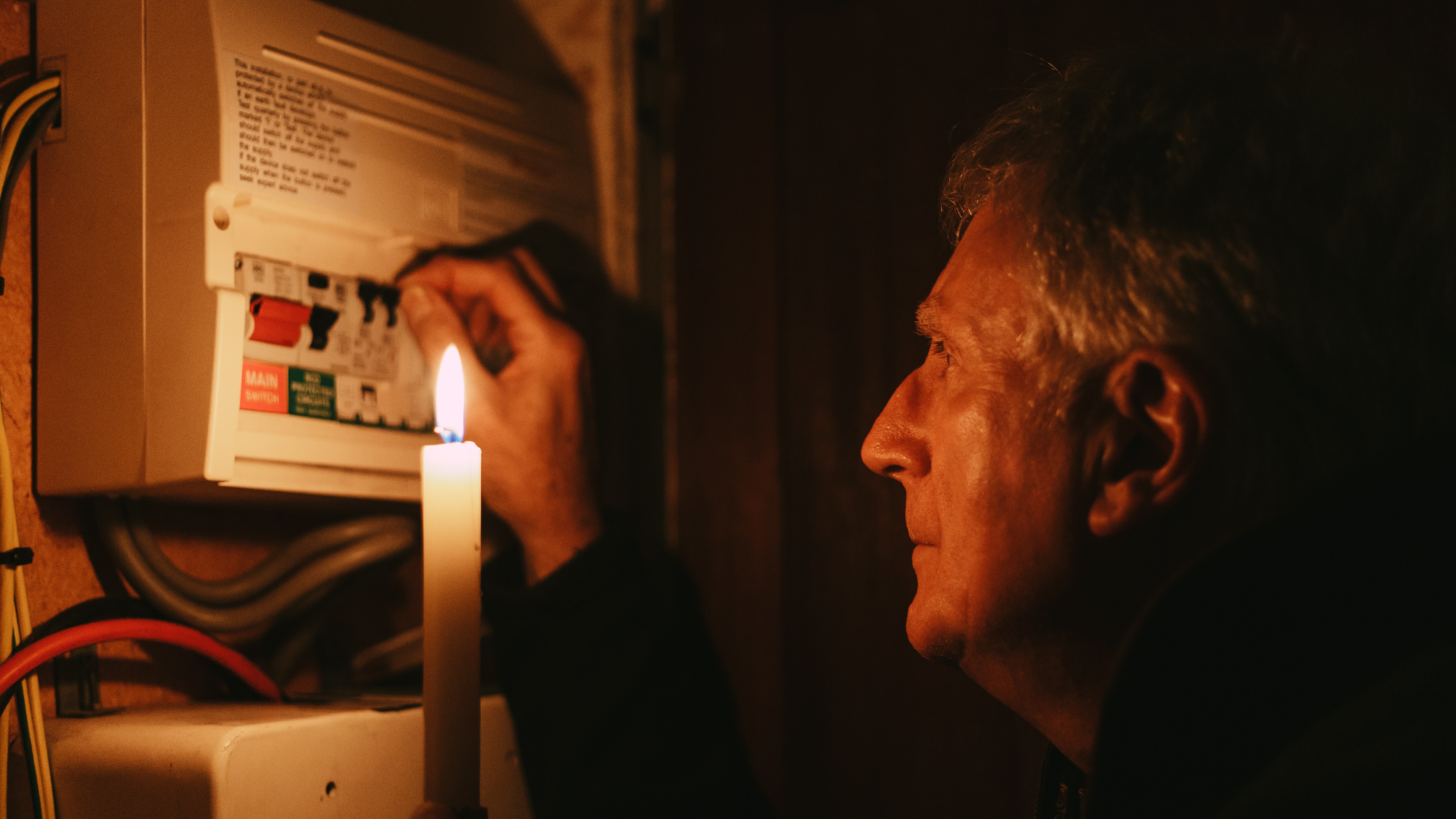At least ten people have been killed in the latest shooting by Israeli forces of Palestinians trying to reach food and aid at two separate sites.
On Saturday, Israeli forces opened fire near two aid distribution sites run by the Israeli-backed Gaza Humanitarian Foundation (GHF) as crowds of hungry Palestinians sought food.
Witnesses and health workers said at least ten people were killed, a day after US officials visited a GHF site and the US ambassador called the internationally decried system “an incredible feat.”

Near the northernmost GHF distribution site near the Netzarim corridor, Yahia Youssef, who had come to seek aid Saturday morning, described a panicked and grimly familiar scene.
After helping carry three people wounded by gunshots, he said he saw others on the ground, bleeding.
“It’s the same daily episode,” Youssef said.
Health workers said at least eight people were killed. Israel’s military said it fired warning shots at a gathering approaching its forces.
At least two people were killed in the Shakoush area, hundreds of meters from where the GHF operates another site in the southernmost city of Rafah, witnesses said. Nasser Hospital in nearby Khan Younis received two bodies and many injured.
Witness Mohamed Abu Taha said Israeli troops opened fire toward the crowds. He saw three people, two men and a woman, being shot as he fled.
Israel’s military said it was not aware of any fire by its forces in the area. The GHF said nothing happened near its sites.
GHF says its armed contractors have only used pepper spray or fired warning shots to prevent deadly crowding.
Israel’s military on Friday said it was working to make the routes under its control safer.
The UN says nearly 1,400 Palestinians have been killed whilst seeking food from aid distribution centres. Israel and GHF have claimed that the toll has been exaggerated.
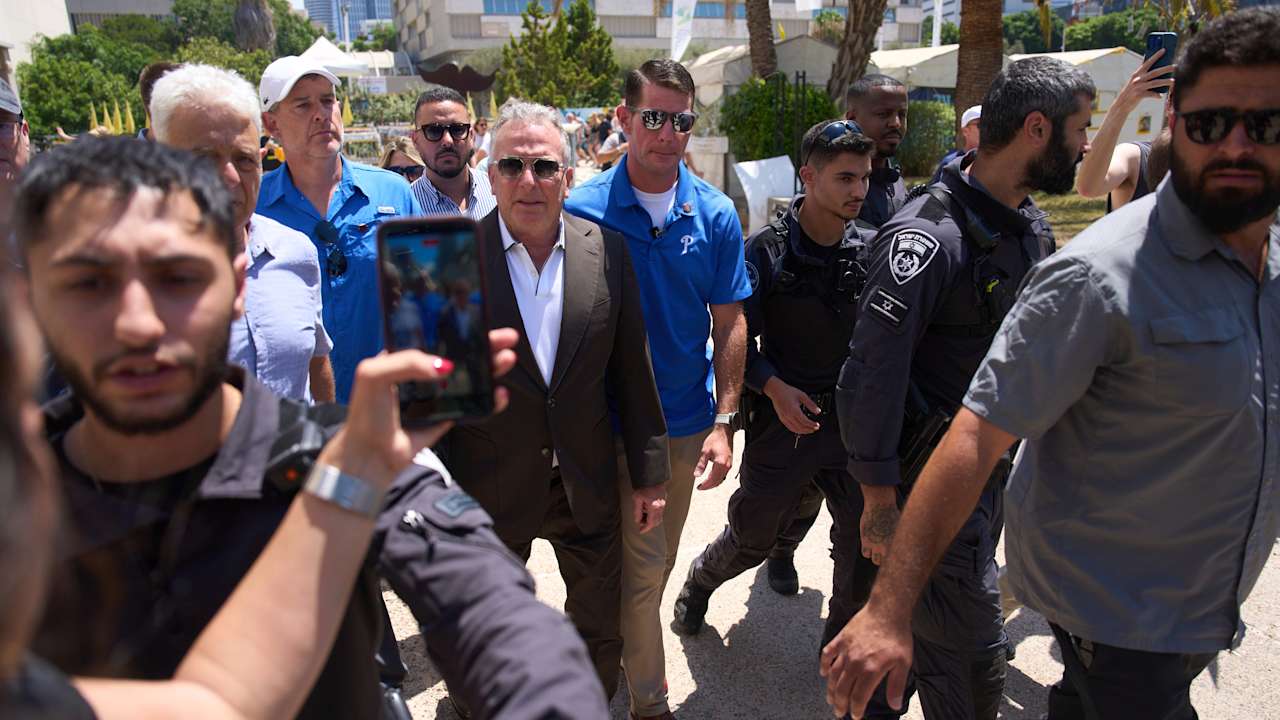
The GHF — backed by millions of dollars in U.S. support — launched in May as Israel sought an alternative to the UN-run system, which had safely delivered aid for much of the war but was accused by Israel of allowing Hamas to siphon off supplies.
Israel has not offered evidence for that claim, and the UN has denied it.
From May 27 to July 31, 859 people were killed near GHF sites, according to a United Nations report published Thursday. Hundreds more have been killed along the routes of UN-led food convoys.
Hamas-led police once guarded those convoys and went after suspected looters, but Israeli fire targeted the officers.
Airdrops by a Jordan led coalition of Israel, the UAE, Egypt, France, and Germany, are another approach, though experts say the strategy remains deeply inadequate and even dangerous for people on the ground.
“Let’s go back to what works & let us do our job,” Philippe Lazzarini, the head of the UN agency for Palestinian refugees, wrote Saturday on social media, calling for more and safer truck deliveries.
Nearly a week has passed since Israel, under international pressure amid growing scenes of starving children, announced limited humanitarian pauses and airdrops meant to get more food to Gazans, who now rely mostly on aid after nearly 22 months of war.
Despite this, the UN and partners say not nearly enough aid is coming in, with months’ worth of supplies piled up outside Gaza waiting for Israeli approval.
Trucks that enter are mostly stripped of supplies by desperate people and criminal groups before reaching warehouses for distribution.
Families of the 50 hostages still in Gaza fear they are going hungry too, and blame Hamas, after the militants released images and video of an emaciated hostage, Evyatar David.
Evayatar David’s family have given permission for the video to be used to raise awareness for the plight of their son. ITV News is not showing the full video as released by Hamas.
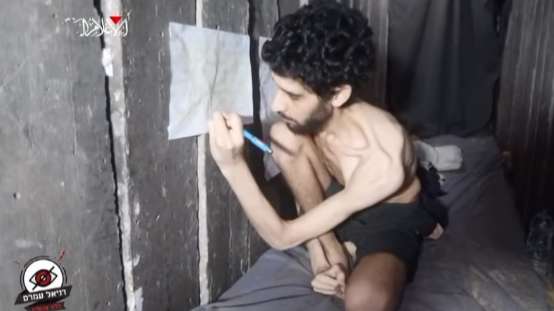
US President Donald Trump’s special envoy, Steve Witkoff, met with hostages’ families Saturday, a week after quitting ceasefire talks, blaming Hamas’s intransigence.
“I didn’t hear anything new from him. I heard that there was pressure from the Americans to end this operation, but we didn’t hear anything practical,” said Michel Illouz, father of Israeli hostage Guy Illouz, whose body was taken into Gaza.
He said he asked Witkoff to exert pressure and set a time frame, but got “no answers.”
Protesters called on Israel’s government to make a deal to end the war, imploring them to “stop this nightmare and bring them out of the tunnels.”
In part of Gaza City, displaced people who managed to return home found rubble-strewn neighbourhoods unrecognisable. Most Palestinians in Gaza have been displaced, often multiple times, and are crowded into ever-shrinking areas considered safe.
“I don’t know what to do. Destruction, destruction,” said Mohamed Qeiqa, who stood amid collapsed slabs of concrete and pointed out what had been a five-story building.
“Where will people settle?”
Gaza’s Health Ministry says 93 children have died from malnutrition-related causes since the war began. It said 76 adults have died of malnutrition-related causes since late June, when it started counting adult deaths.
Follow STV News on WhatsApp
Scan the QR code on your mobile device for all the latest news from around the country


